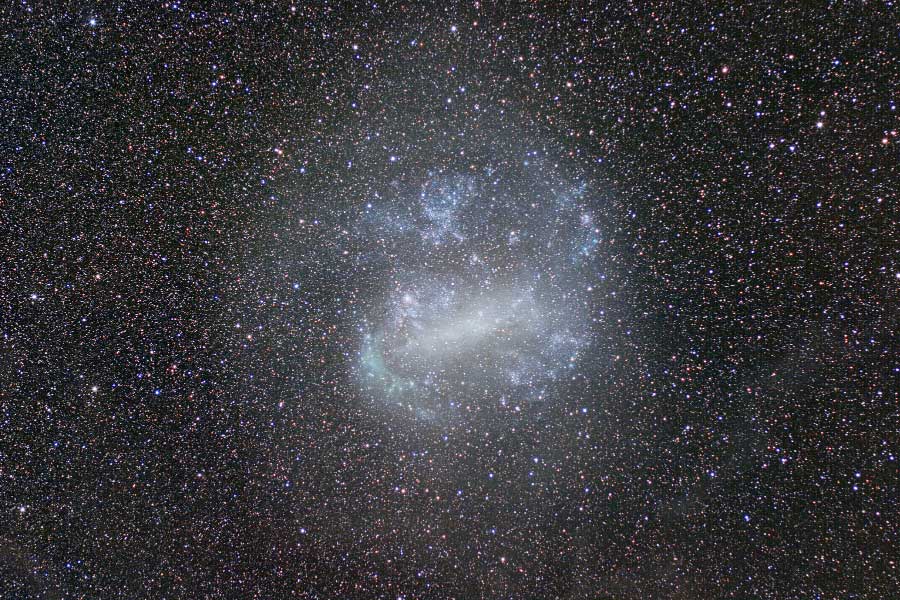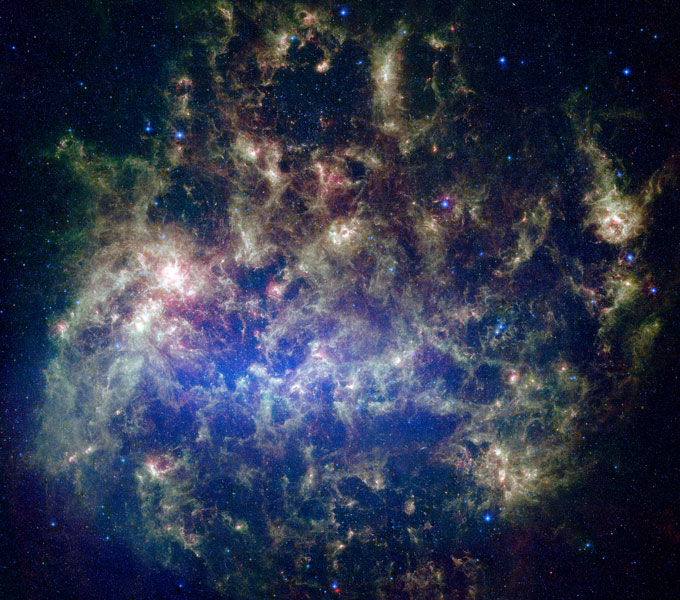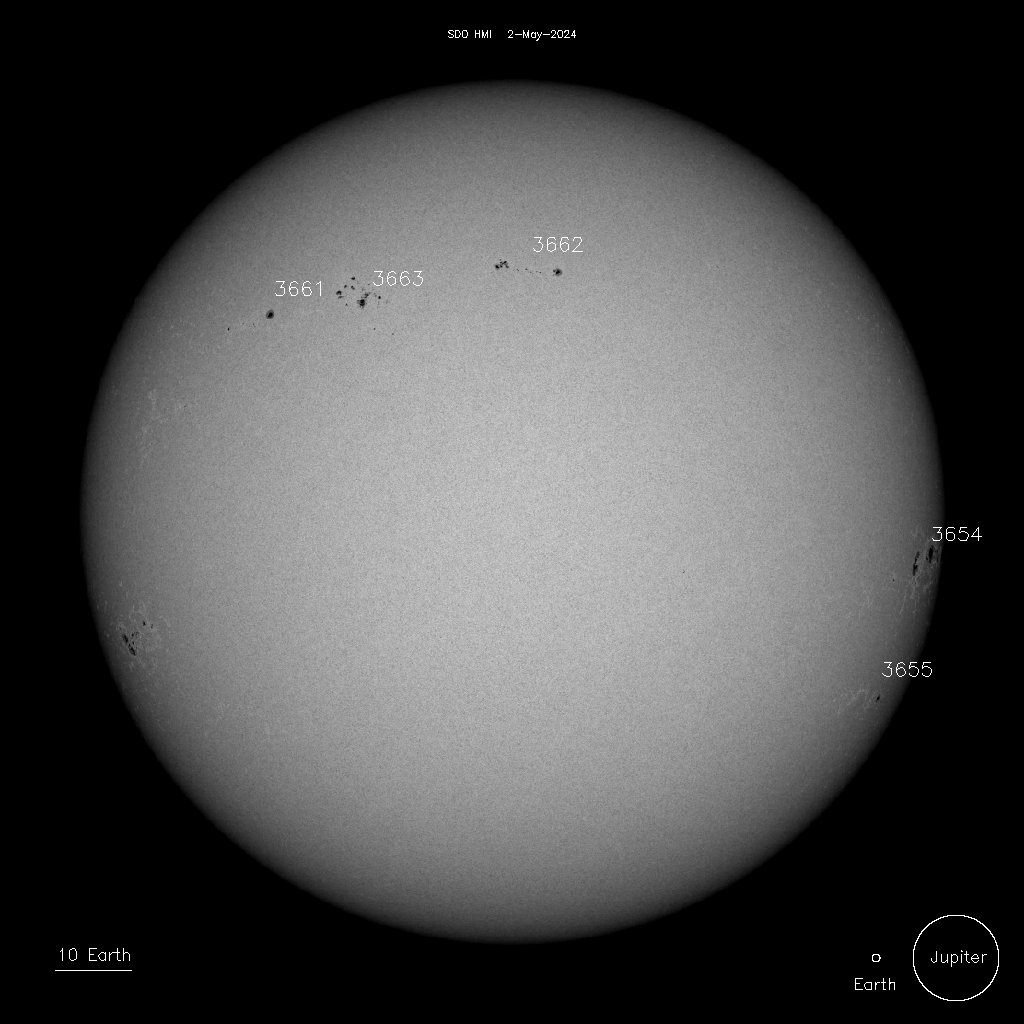The overlapping data updated to 12th June 2009
Here the link
Half65
I dati delle galassie sovrapposte sono aggiornati al 12 giugno 2009.
Qui il link
Half65
Friday, June 12, 2009
Tuesday, June 9, 2009
Active Galaxies With Ionized Gas Cloud Data Update - (English - Italiano)
The ionized data updated to 9th June 2009
Here the link
Half65
I dati delle galassie ionizzate sono aggiornati al 9 giugno 2009.
Qui il link
Half65
Here the link
Half65
I dati delle galassie ionizzate sono aggiornati al 9 giugno 2009.
Qui il link
Half65
Wednesday, June 3, 2009
Large Magellanic Cloud (LMC) - Grande Nube di Magellano - (English - Italiano)
The Large Magellanic Cloud (LMC)
ra: 05:23:34.5 dec: -69:45:22 - 157.000 l.y. - Irregular
Continuing the cosmic journey the third galaxy that is encountered is the Great Magellanic Cloud (LMC).
It's an irregular satellite galaxy that has, however, a clear central bar and due to this fact we assume that the originally the morphology was a barred spiral galaxy, deformed by the tidal forces of the Milky Way. It's located at a distance of 157,000 a.l. from Earth.
It's an irregular satellite galaxy that has, however, a clear central bar and due to this fact we assume that the originally the morphology was a barred spiral galaxy, deformed by the tidal forces of the Milky Way. It's located at a distance of 157,000 a.l. from Earth.
A stream of hydrogen and stars, the Magellanic Stream, is ejected from the Great Cloud and the Small Cloud (SMC) and connected with the Milky Way. Another stream, similarly composed, extends, however, between the Great and the Small Cloud and is called Magellanic Bridge.
The discovery occurred in 964 by the Persian astronomer Rohman al-Abd al-Sufi but the name was attributed to Ferdinand Magellan who first described it along with the Small Cloud (SMC).
Half65.
The discovery occurred in 964 by the Persian astronomer Rohman al-Abd al-Sufi but the name was attributed to Ferdinand Magellan who first described it along with the Small Cloud (SMC).
Half65.
Optical (NASA Archive) | Infrared (NASA Archive) |
La Grande Nube di Magellano (LMC)
ra: 05:23:34.5 dec: -69:45:22 - 157.000 a.l. - Irregolare
Proseguendo nel viaggio cosmico la terza galassia che si incontra è la Grande Nube di Magellano (LMC). E' una galassia satellite irregolare che presenta, però, una evidente barra centrale che fa ipotizzare la sua orginaria morfologia di galassia a spirale barrata, deformata dalle forze di marea della Via Lattea. E' situata ad una distanza di 157.000 a.l. dalla Terra.
Un flusso di idrogeno e stelle, la Corrente Magellanica, fuoriesce dalla Nube e dalla Piccola Nube (SMC) e si connette con la Via Lattea. Un altro flusso, composto analogamente, si estende, invece, fra la Grande e la Piccola Nube ed è chiamato Ponte Magellanico.
La scoperta avvenne nel 964 da parte dell'astronomo persiano Abd al-Rohman al-Sufi ma il nome fu attribuito a Ferdinando Magellano che per primo la descrisse insieme alla Piccola Nube (SMC).
Half65.
Un flusso di idrogeno e stelle, la Corrente Magellanica, fuoriesce dalla Nube e dalla Piccola Nube (SMC) e si connette con la Via Lattea. Un altro flusso, composto analogamente, si estende, invece, fra la Grande e la Piccola Nube ed è chiamato Ponte Magellanico.
La scoperta avvenne nel 964 da parte dell'astronomo persiano Abd al-Rohman al-Sufi ma il nome fu attribuito a Ferdinando Magellano che per primo la descrisse insieme alla Piccola Nube (SMC).
Half65.
Subscribe to:
Posts (Atom)




